Weimar
YEARS IN THE CASTLE OF HEAVEN (1703 | 1708–1717)
Johann Sebastian Bach stayed in Weimar twice during his life. In 1703 he worked as a violinist and minion in the private chapel of Duke Johann Ernst for six months. In 1708 he returned for almost ten years as a court organist. The Bachs purchased the house at Markt 16. Their first six children saw the light of day here, including Wilhelm Friedemann and Carl Philip Emanuel. The Weimar years were creative. He composed almost 30 cantatas, early versions of the “Brandenburg Concertos”, the majority of his organ works and the “Little Organ Book” here.
In 1717 he offered his resignation to take on the vacant position of court conductor in the residence town of Köthen. He had already received an advance fee and was thus in double employment. Duke Wilhelm Ernst had him locked up in the bastille for just under four weeks. He was released on 2 December 1717 “with recorded disgrace”.
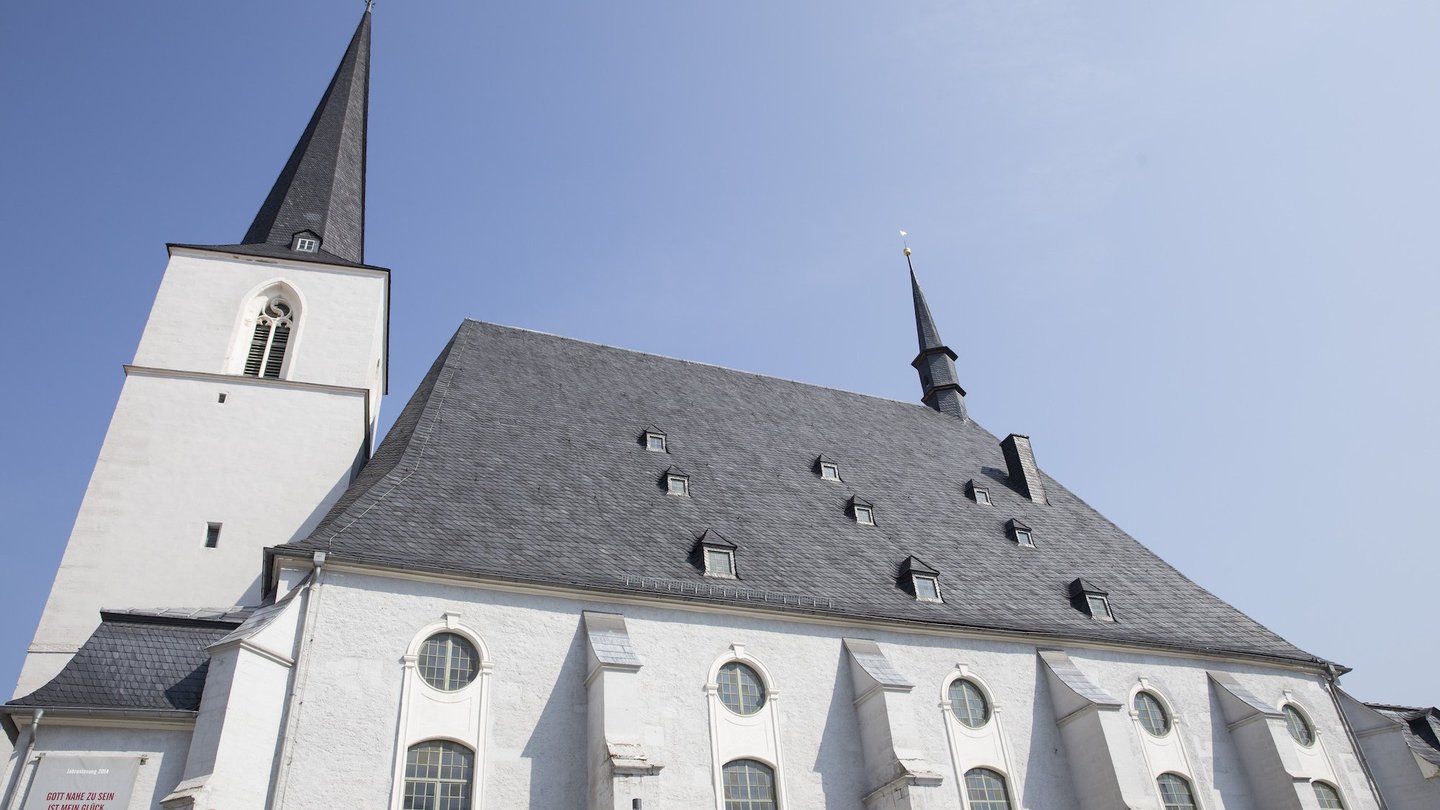
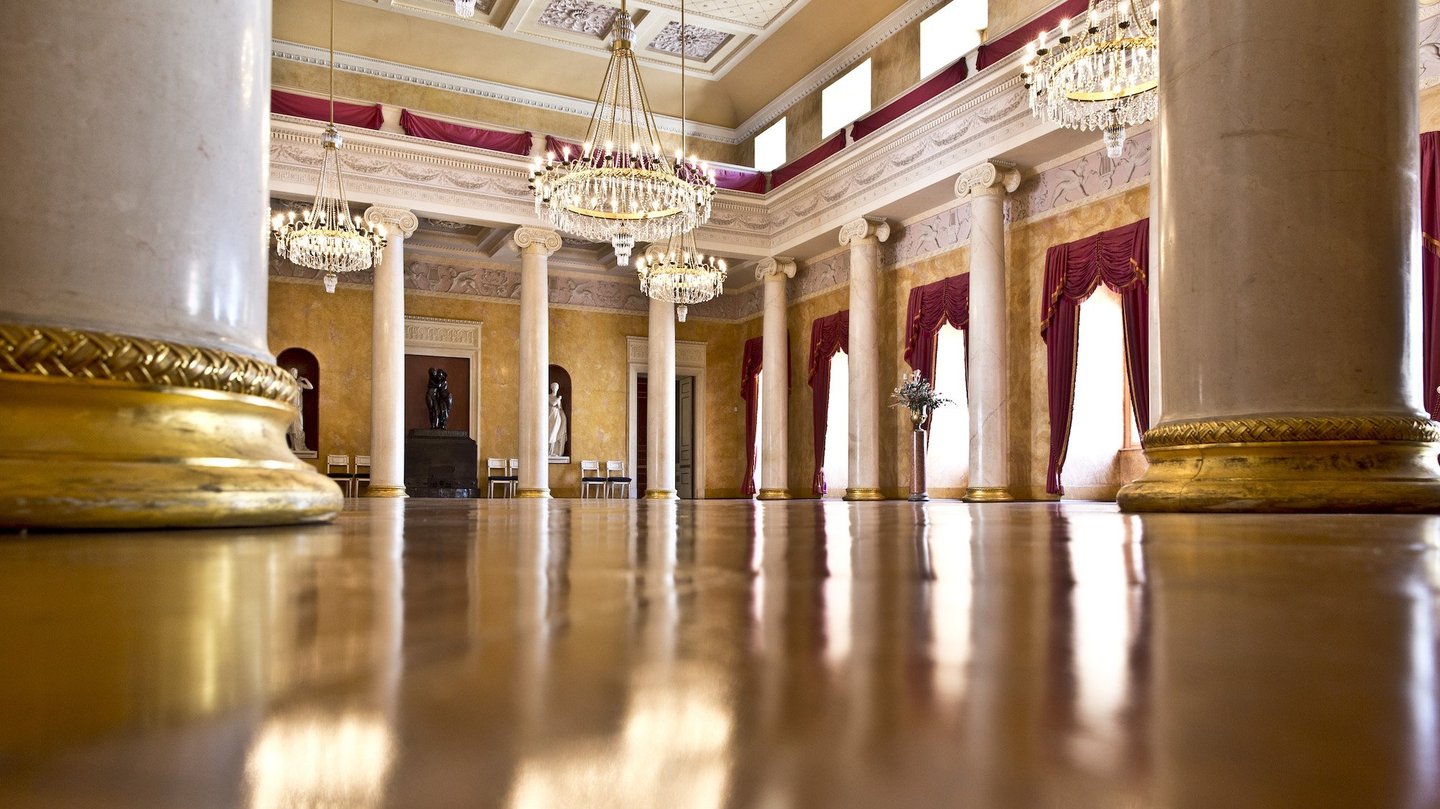

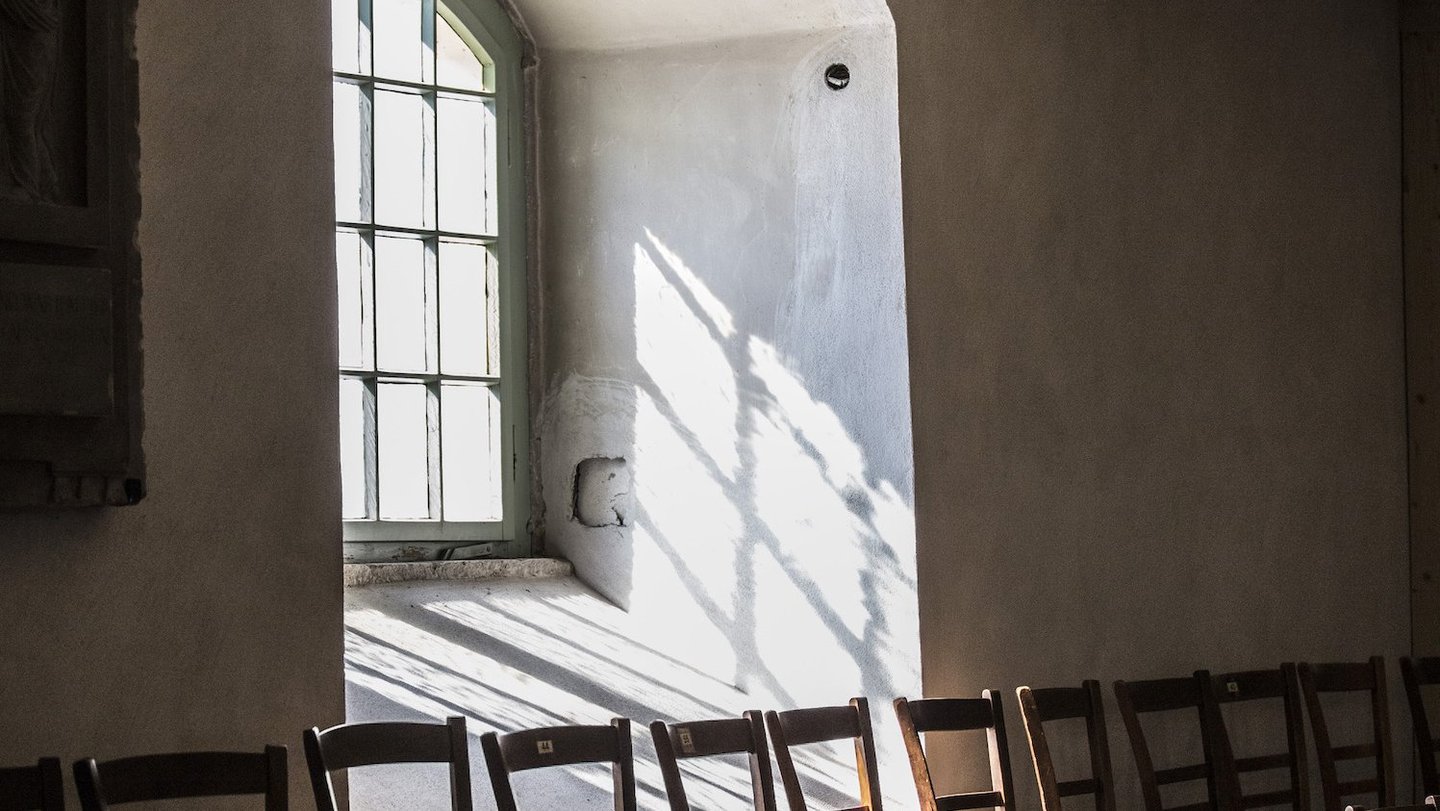
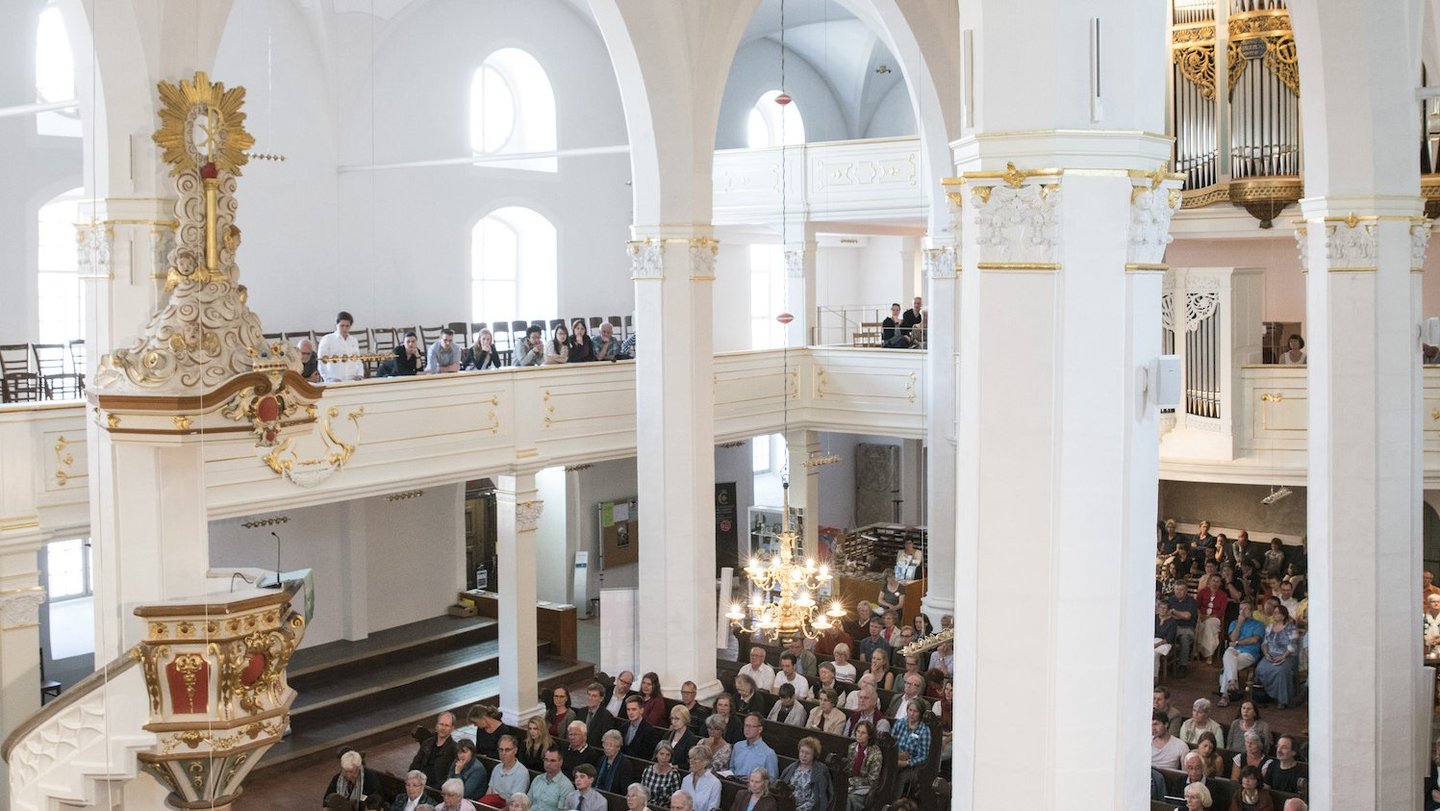
A city tour in Weimar
A tour following in Bach’s footsteps should start on the spot where Johann Sebastian Bach looks down on Weimar’s many visitors in a very personal and rather lofty manner: since 1995 a bronze bust of the famous composer has stood opposite the Franz Liszt Music School, in front of which Bach’s birth is traditionally commemorated in music each year. His life unfolded around the area where the bust stands. A plaque near the Hotel Elephant marks Bach’s home that once stood there and could one day rise again. Plans for its reconstruction have been set firm for many years. Another house in the area with a massive arched Renaissance-style entrance, called the “Red Castle”, is also said to have played a role in the life of the young Bach. He once appeared here as a chamber musician playing the violin. Today the large grey building houses the research library and modern study centre of the famous Duchess Anna Amalia Library.
Johann Sebastian Bach lived in Weimar on two occasions, the first time in 1703 for a brief six months as a court musician. He then came back in 1708 and stayed for nine years in the city that was home to so many famous people. Whether it is a Goethe, Schiller, Liszt or Herder city, classical Weimar is always in evidence when you stroll through the city. If you follow Bach, your route will inevitably take you in the direction of the City Castle, another place where the young composer worked. Prominent in the complex was a small castle chapel with an organ which was called the Himmelsburg (Castle of Heaven). The talented Bach worked in this church as organist from 1708 to 1717. Inspired by the space’s extraordinary acoustics he composed several of his most famous cantatas here. “Welcome, King of Heaven” is the title of one of these works, which describes the space in the castle chapel. The chapel was completely destroyed by fire. Another Bach site, the Grand Duke’s chapel in the Residenz Castle, is currently being restored and is now regularly open to the public. A view of the Castle inevitably highlights the Bastille with its Hausmann tower. Bach spent his last four weeks in Weimar in November 1717 in prison, probably in a cell in the Bastille.
From the end of Bach’s time in Weimar in his dark prison cell one proceeds directly to a church which Bach sought out more than once. The route takes you through the old town, whose charm and flair make it magical. Anyone wanting a short break will find numerous cafes on the route from the Castle to the City Church, which is also called the Herder Church. It is worth a diversion since the cafes have many stories to tell, whether it be the Residenz Cafe – known by locals as the Resi – the oldest extant cafe in Weimar, or the cosy NAMU Cafe, a favourite haunt of the many music students from the nearby School, or the Weimar Coffee Roastery in the magnificent Deutschritter Building
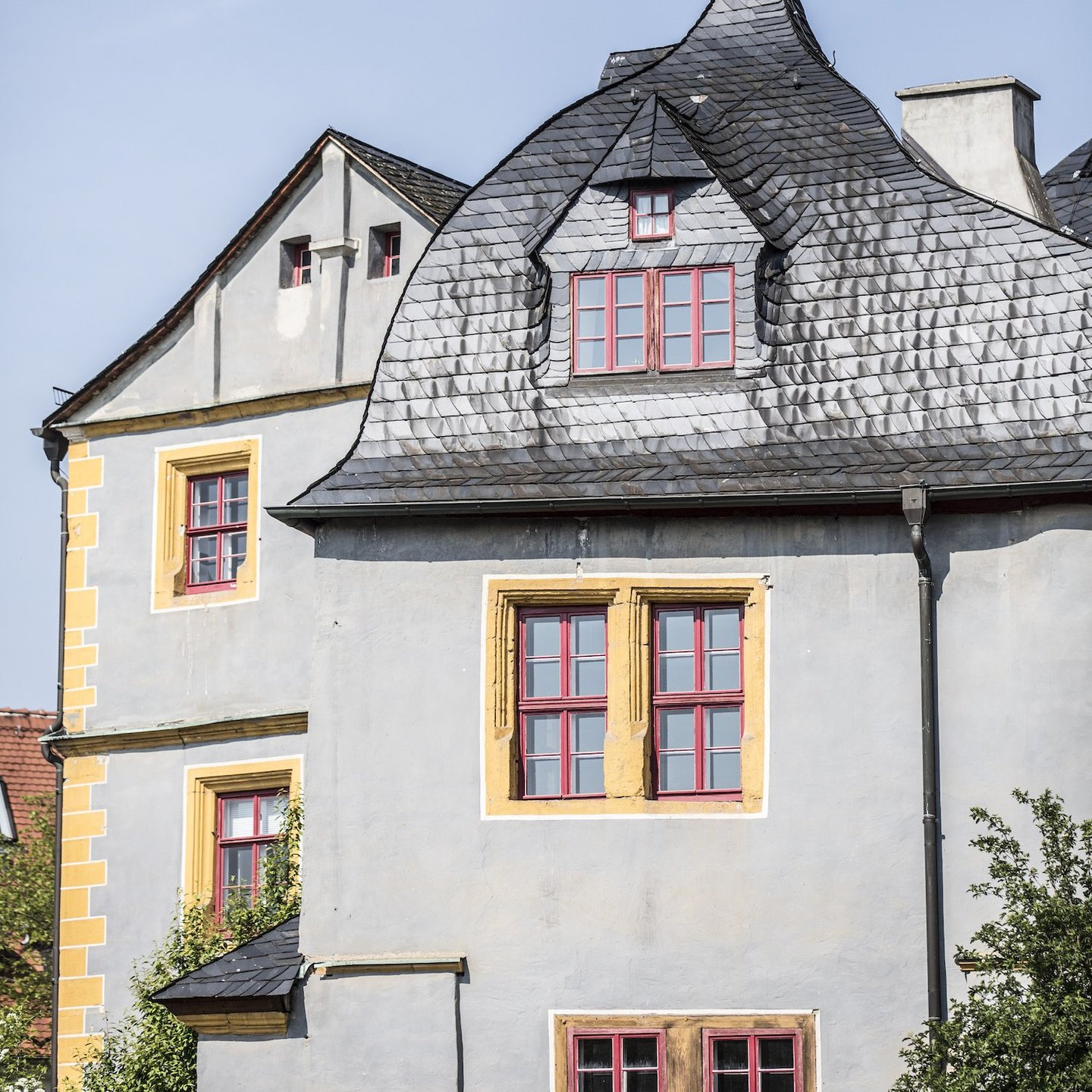
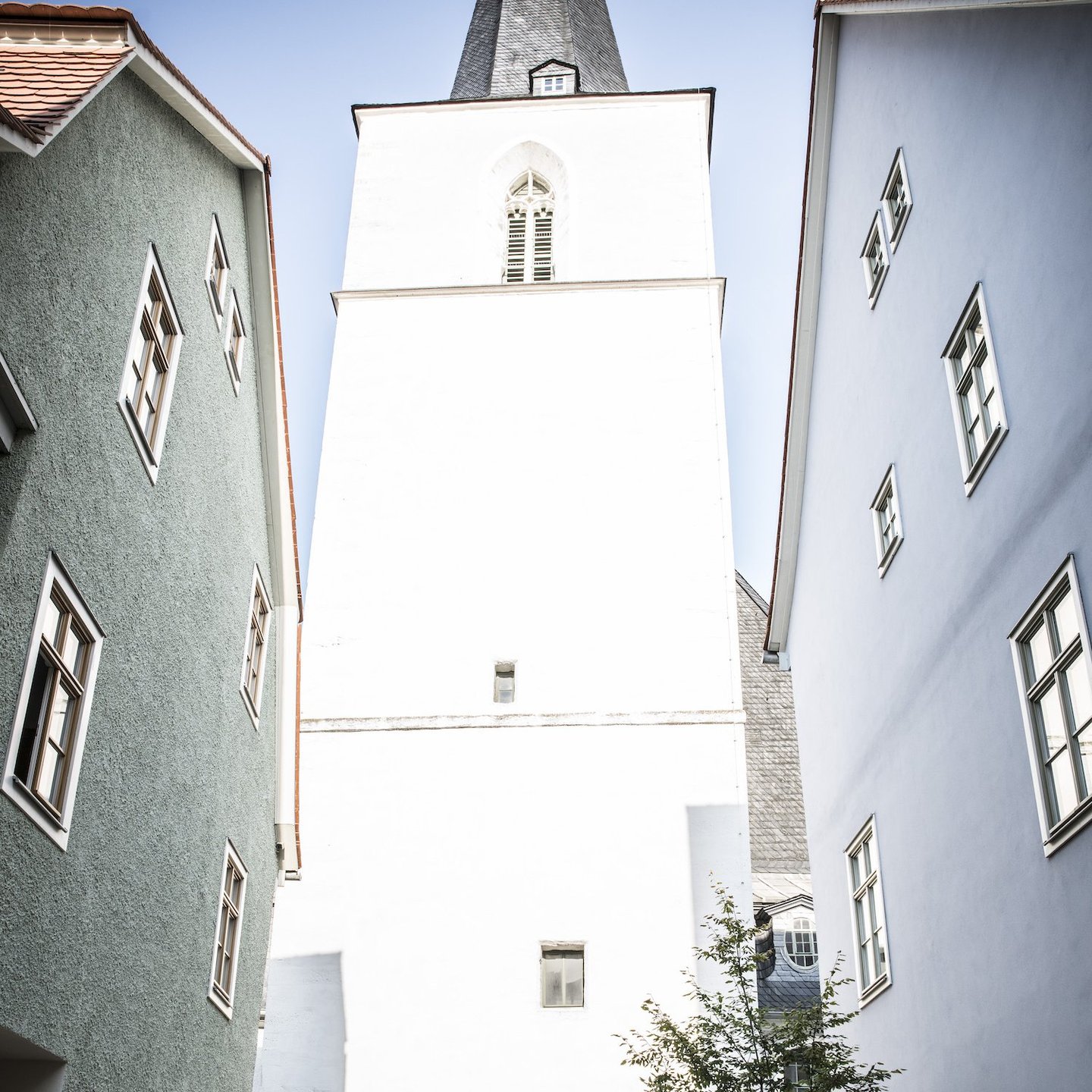
Classical Weimar has had UNESCO World Heritage status since 1998, covering Goethe’s house, Schiller’s house and Herder’s house among other sites. And the great Johann Gottfried Herder is the next objective, since next to his house lies his work place, the famous Herder Church . Here you will find the freshly restored and frequently re-worked font where Bach had many of his children baptised, including his famous sons Wilhelm Friedemann and Carl Philipp Emanuel. Directly behind the font shines out the famous triptych altarpiece by Cranach which has been extensively restored and conserved.
One should not forget another church, particularly because it is regularly one of the favourite performance venues for the Thuringia Bach Festival: the baroque St James’s Church with its single nave. In 1713 Johann Sebastian Bach took part in the dedication of this church with the court orchestra. Bach had to bury two of his children in the cemetery which lies beside the St James’s Church.
However clearly the past defines the Weimar of today, the lively art and cultural scene, the international visitors and the students from around the world who study at the Bauhaus-University or the Music School ensure that Weimar is an attractive small city with great culture.